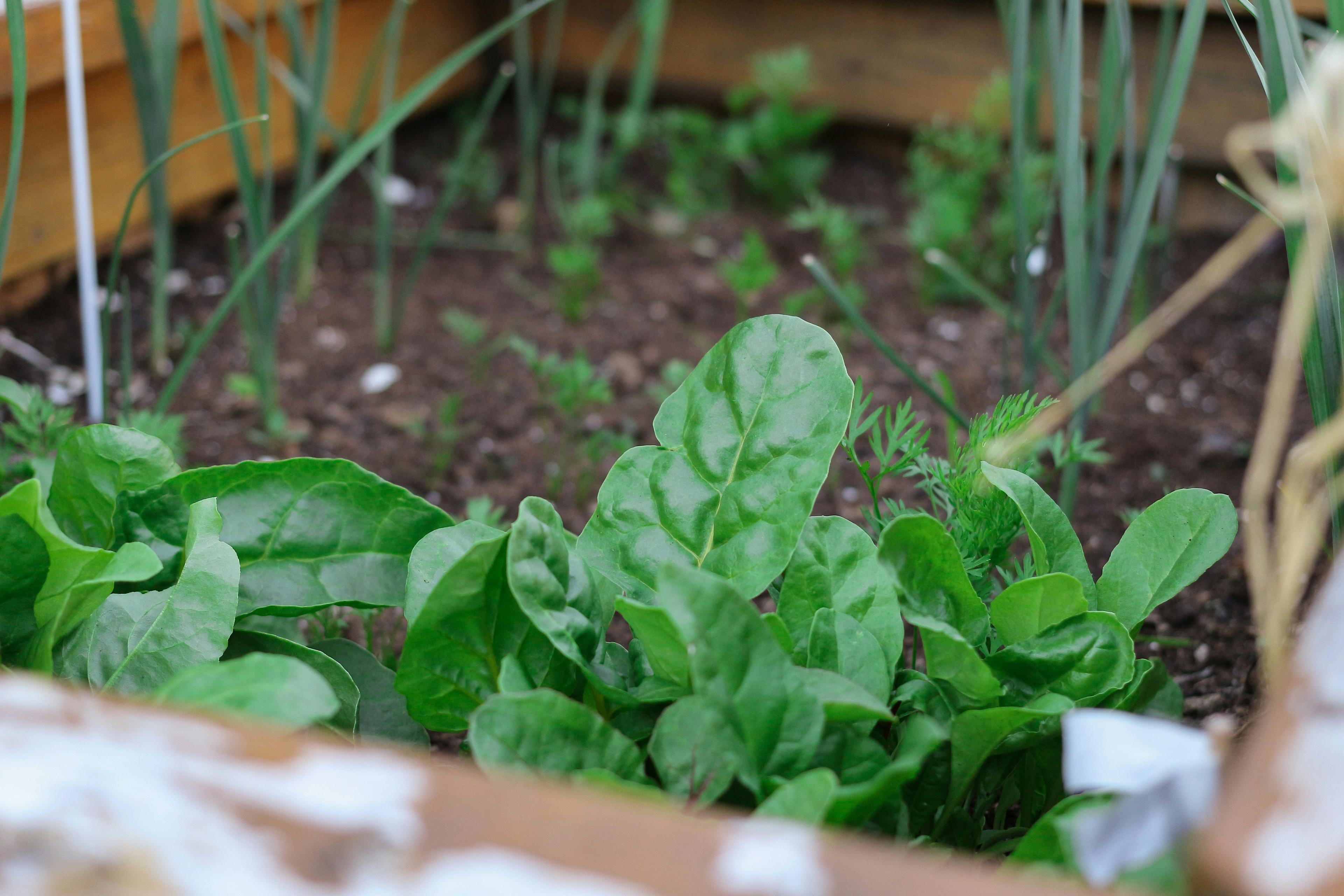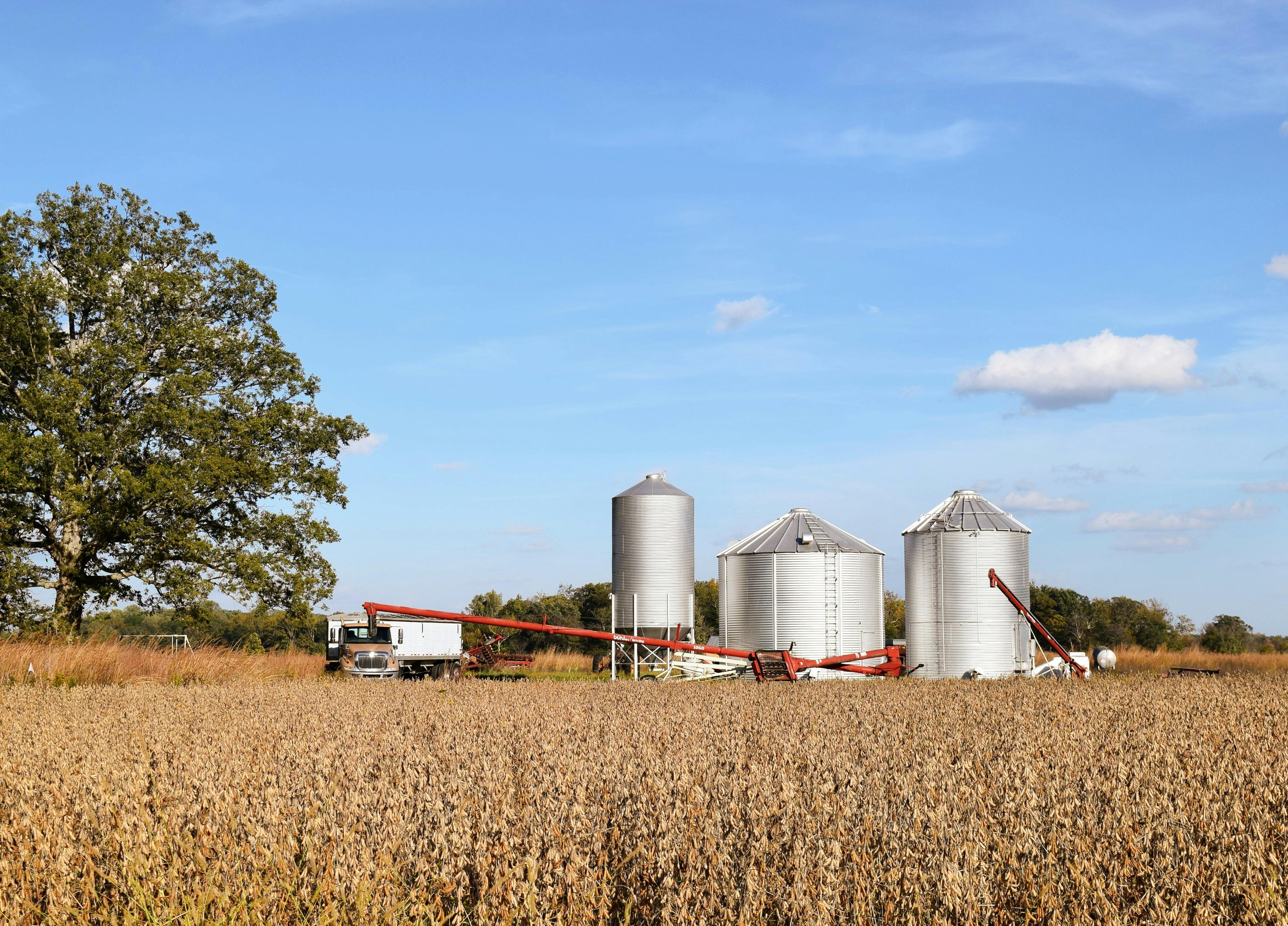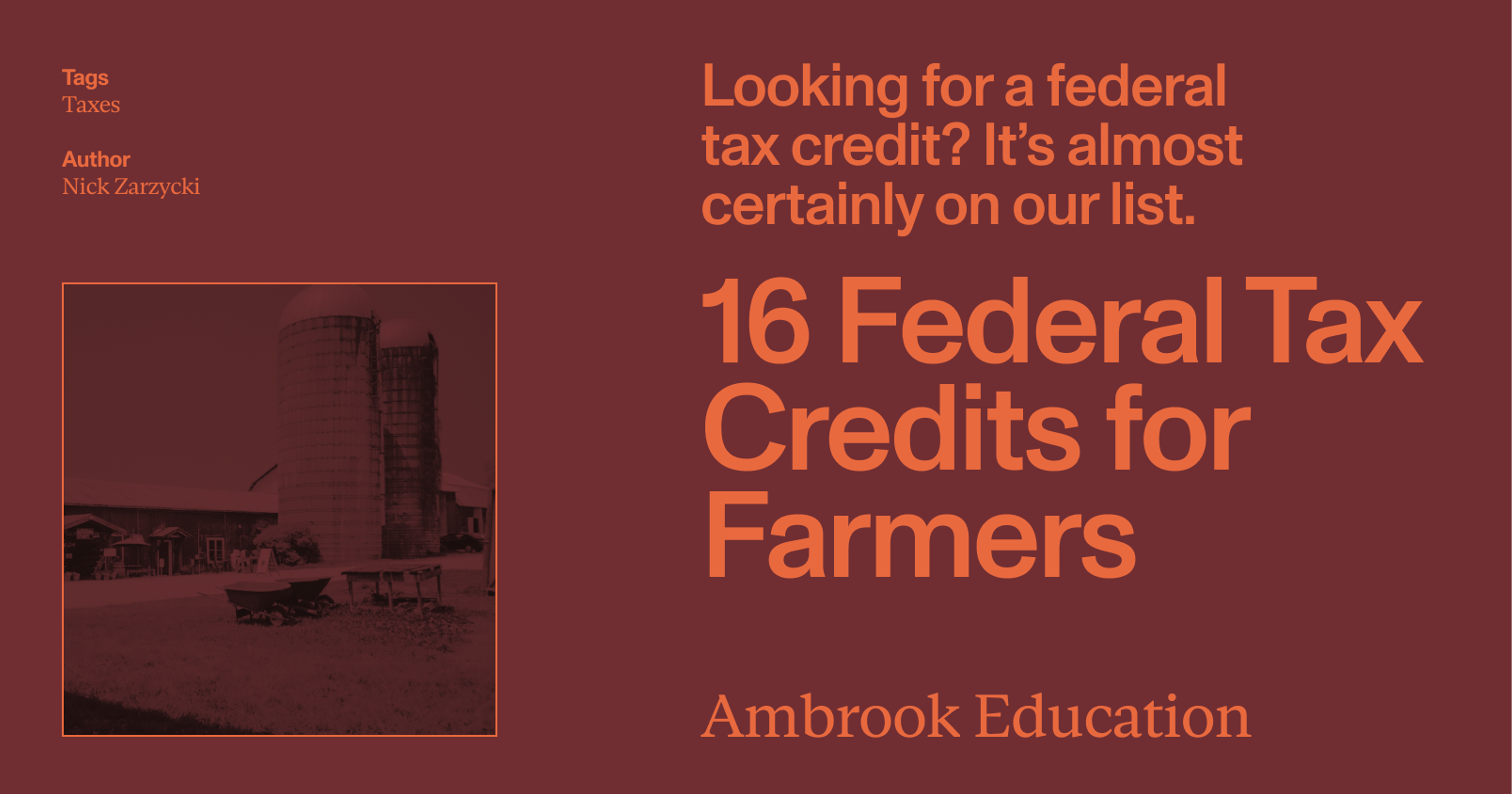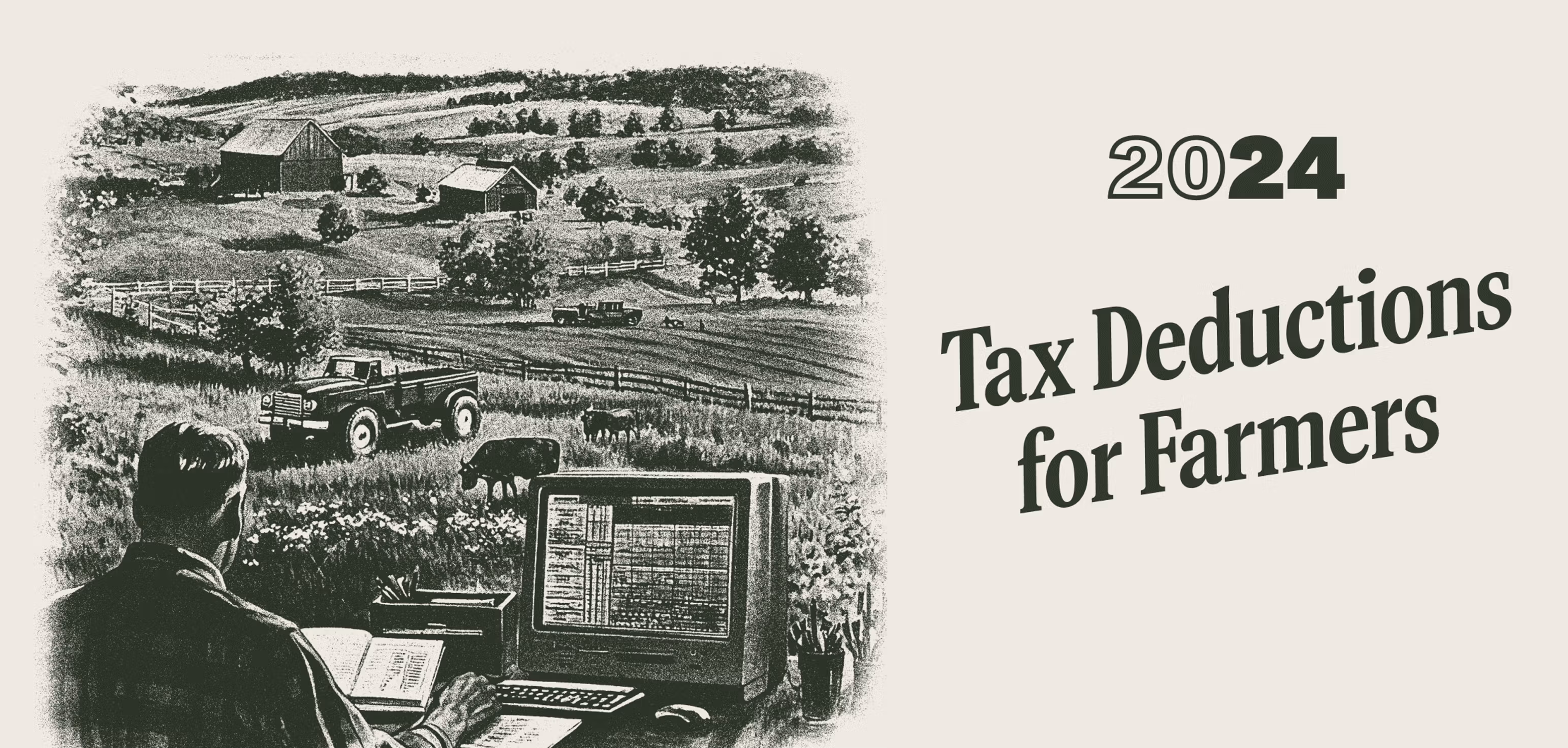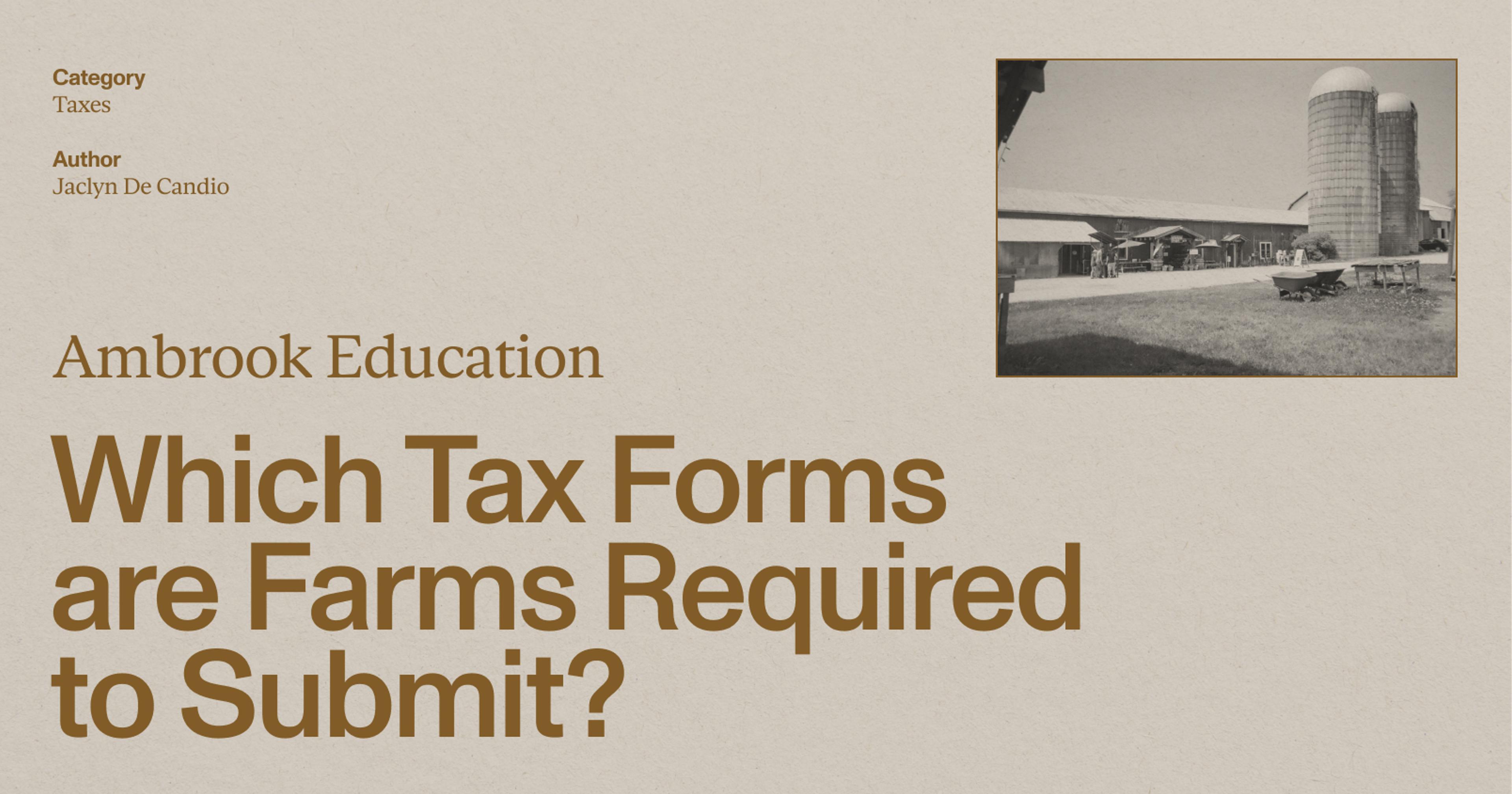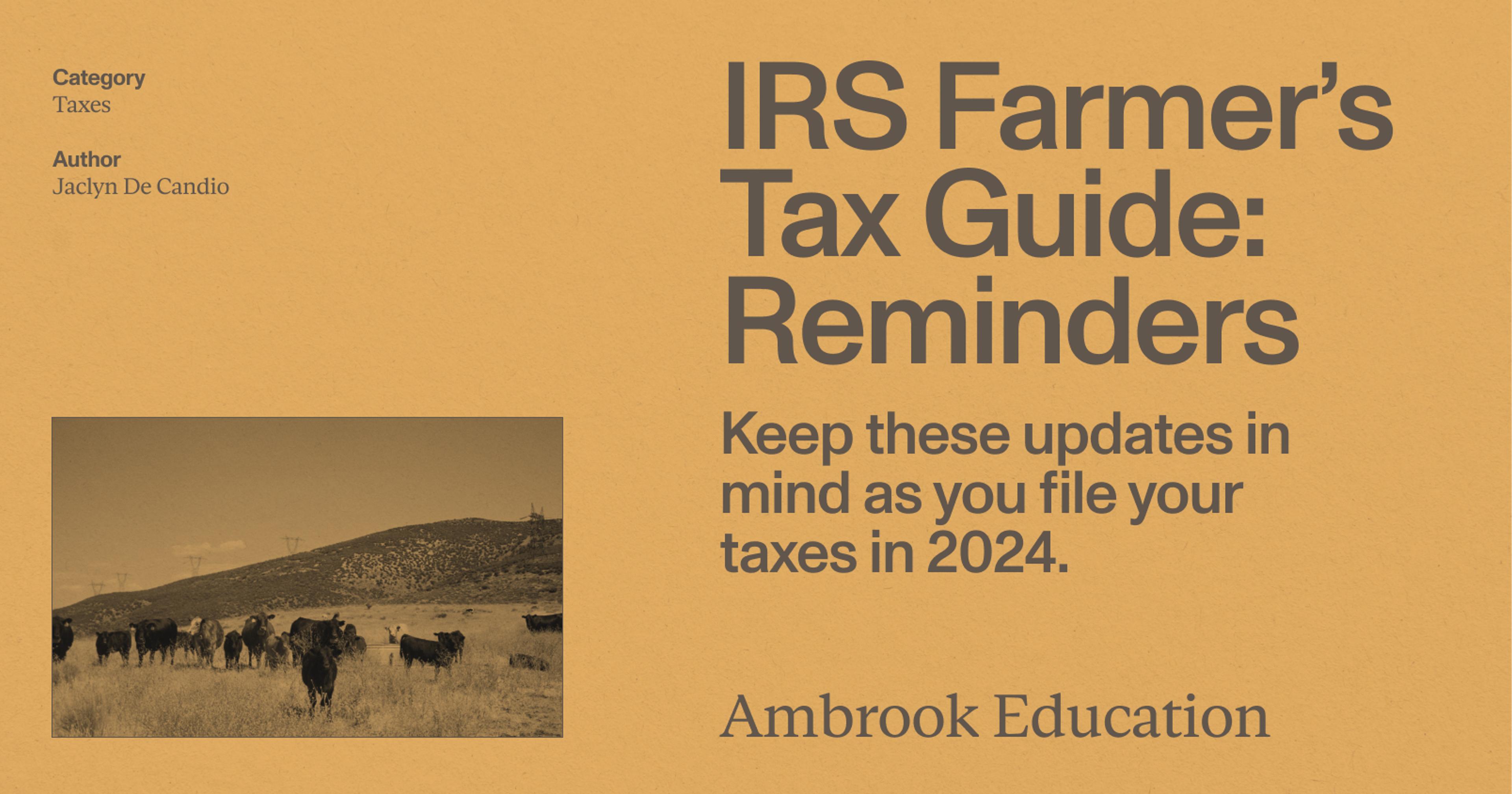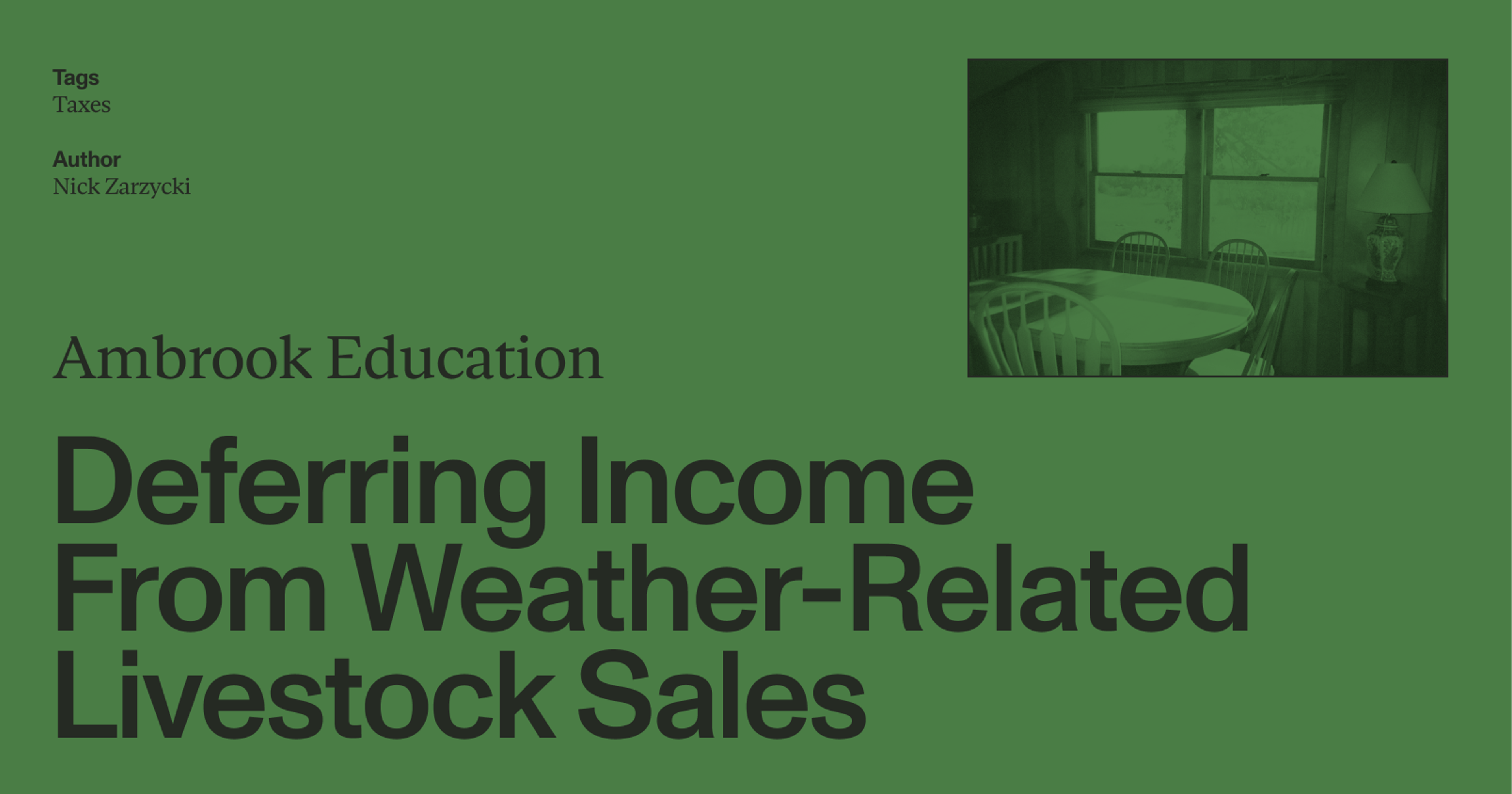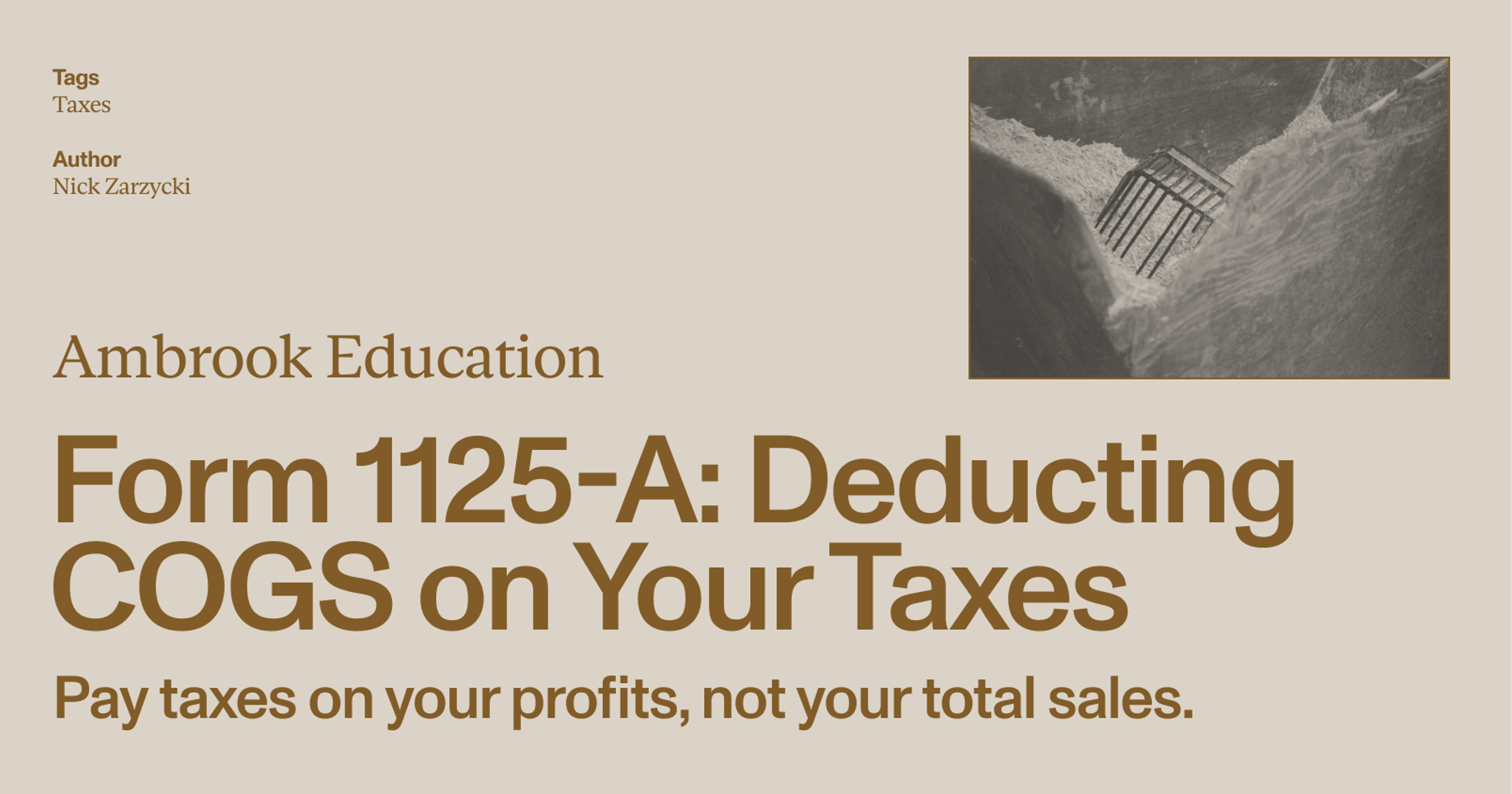Farmers are entitled to a slew of special tax benefits, but there are also strict rules around what qualifies as “for-profit” farming.
Farming is a risky business: changes in the weather, yield, commodity prices, interest rates, government policies, and countless other factors can create a lot of uncertainty around a farmer’s income.
To help deal with this uncertainty, farmers are entitled to certain tax benefits, which include favorable deductions and special methods for reporting their taxable income.
Because many of these benefits apply only to farmers or farming income, the tax code has strict rules around who does and doesn’t qualify as a farmer, and also what qualifies as ‘farming income.’ Here’s how to make sense of them all.
How does the IRS define ‘farm,’ ‘farmers,’ and ‘farming’?
If you look through the tax code you’ll see the word “farm” defined on many different occasions, usually with very similar wording. Here’s how IRC Section 2032A, a commonly-cited part of the tax code that deals with farmland valuation, defines it:
“The term ‘farm’ includes stock, dairy, poultry, fruit, furbearing animal, and truck farms, plantations, ranches, nurseries, ranges, greenhouses or other similar structures used primarily for the raising of agricultural or horticultural commodities, and orchards and woodlands.”
The hobby loss rules
Farmers must also be “engaged in the business of farming” (IRC Section 175), which means they do so for “gain or profit,” which means that hobby farming doesn’t qualify.
The IRS uses a series of detailed guidelines known as the ‘hobby loss rules’ (IRC Section 183) to determine whether or not a business has a profit motive. If a farm fails to earn a profit in 3 of the last 5 years, the IRS will usually take a closer look to determine a profit motive. A business can postpone IRS scrutiny until after the end of a five year period by filing IRS Form 5213.
You can find a list of factors the IRS considers during this process in the ‘Not-for-Profit Farming’ section of the IRS Farm Tax Guide.
What is ‘farming income’?
Not all of the income earned on a farm and/or by a farmer will necessarily qualify as ‘farming income’ for tax purposes. For example:
Money a farmer earns from activities that are unrelated to farming–for example, additional income they earn on the side working as a freelance software developer–doesn’t qualify as farming income.
If a farmer processes the commodities they produce in some way, earnings from those products usually don’t qualify as farming income. For example, growing and selling grapes to a local winery generates farming income, but making and selling wine yourself does not.
Farming income also doesn’t include earnings from any educational, recreational, or tourism-related activities, like wedding venue rentals, corn mazes, and u-pick operations.
Generally speaking, farming income only includes income directly related to the cultivation of agricultural commodities and is reported on Schedule F (Form 1040), Profit or Loss From Farming.
If it’s not farming income, you’ll have to report it on another tax form like Schedule C (Form 1040) or Form 4797 instead.
Is agritourism farming?
According to the IRS and the tax code? No, agritourism is not farming. For tax purposes, agritourism operations are considered “non-farm” business activities, and income from them must be reported on Schedule C (Form 1040) Profit or Loss from Business.
Which tax benefits are available to farmers?
The definitions above are important because they determine which tax benefits a business is eligible for. Some of the most popular tax benefits available to farming businesses include:
1. Estimated tax payment rules
Taxpayers usually make four estimated tax payments throughout the year, however farmers have two other options:
They may make a single estimated tax payment covering two thirds of the tax due by the 15th of the month following the close of their tax year (January 15 if they’re calendar year).
They can skip all payments and pay 100% of the tax due on the 1st of the third month following the close of their tax year (March 1 if they’re calendar year).
To qualify, two thirds of the taxpayer’s gross income must come from farming, which includes farming income reported on Schedule F (Form 1040), farm rental income reported on line 7 of Form 4835, and gains from the sale of livestock reported on Form 4797.
2. Farmer-only tax deductions
Farmers also have access to a variety of special tax deductions. Some of the most popular ones include:
Soil and water conservation expenses
Under Section 175, every year farmers can deduct expenses related to erosion prevention, soil conservation, and water conservation up to a total of 25% of their annual gross income from farming for that year.
These expenses must be approved by the USDA or an equivalent state body, and can include activities like land leveling and grading, bush clearing, windbreak planting, construction of irrigation ditches and earthen dams, levy or dyke construction to prevent flooding, restoration of soil fertility, and more. (See Section 1.175-2 for a full list.)
Current year deduction for fertilizer and lime
Under Section 180, farmers can avoid capitalizing the cost of fertilizer, lime, ground limestone, marl, and other supplies that increase soil fertility for more than 12 months, and can instead fully deduct those costs in the year that they’re purchased and put into use.
Business use of a farm vehicle safe harbor
Smaller farmers that use their personal vehicles for work must keep detailed vehicle logs. To relieve this recordkeeping burden, farmers can use a special “safe harbor” called Section 1.274-6T(b), which allows them to claim 75% of the use of a vehicle for business use without records as long as they use the vehicle “during most of the normal business day directly in connection with the business of farming.”
3. Installment sale of farm products
Under IRC Section 453, if a cash-basis farmer enters into an installment sale contract with a buyer (i.e. the farmer receives at least one payment after the taxable year) the farmer reports that income in the year that it’s paid, rather than in the year that the goods are delivered. According to some tax experts, this effectively gives farmers a legal method of deferring taxes on their income.
4. Income averaging
Farmers may average some or all their farm income from the current year over the prior three years. This can be beneficial in higher income years when farmers expect to enter a higher tax bracket, effectively allowing them to take advantage of the previous three years’ lower tax rates.
5. Weather-related sales of livestock
Farmers can defer reporting higher than normal sales of livestock if they are the result of flooding, drought, or other weather-related conditions that cause a shortage of water or feed.
There are two methods for this: one is called involuntary conversion (IRC Section 1033), which applies to draft, breeding, or dairy animals that will be replaced within 2 years. The other is a 1 year deferral of income under IRC Section 451, which only applies if the weather conditions were so severe that they caused the area to be eligible for federal assistance.
Kickstart your Tax Planning with Ambrook
Ambrook’s category tags correspond directly to each line on Schedule F, making it easy to compare your tax return to your records and saving you hours of work during tax season.
With time-saving bookkeeping automation features, automatically-generated financial reports, streamlined bill pay and invoicing, and other powerful accounting and financial management tools, Ambrook doesn’t just make filing your taxes easy: it takes the guesswork out of running your business. Want to learn more? Schedule a demo today.
Want to learn more about Ambrook?
This resource is provided for general informational purposes only. It does not constitute professional legal advice and may not apply to your specific situation. Consult with professional legal counsel before making any decisions about business structure or liability.

